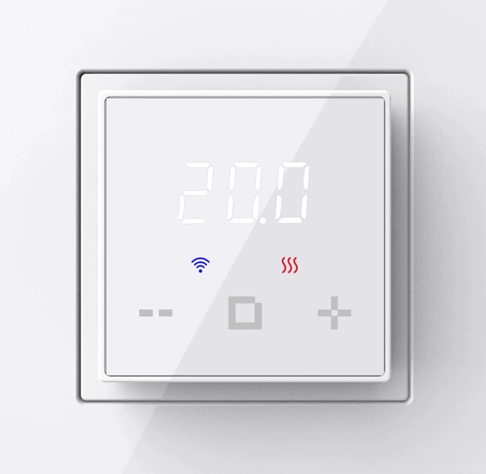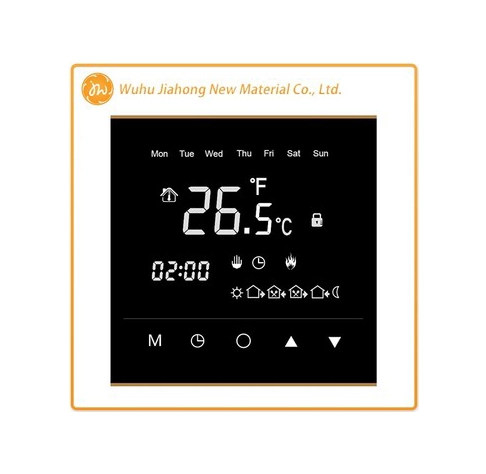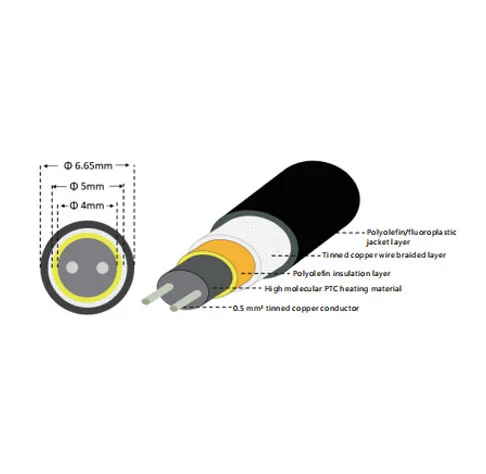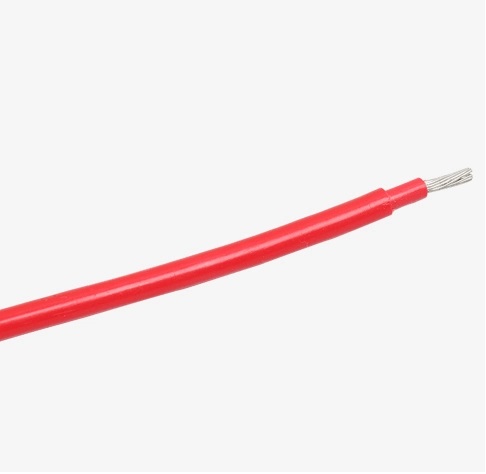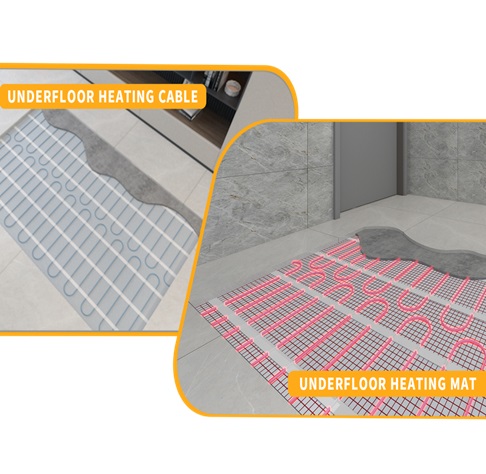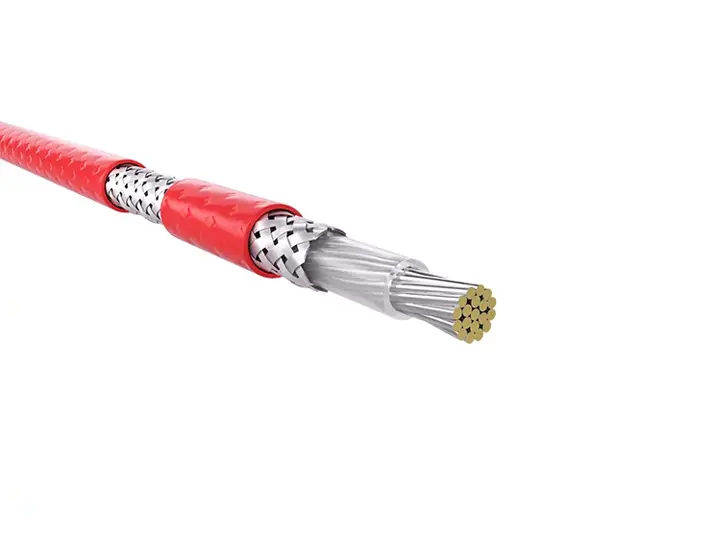Heating cables are widely used across Europe due to their versatility, energy efficiency, and adaptability to diverse climates and infrastructure needs. Below are the key applications of heating cables in Europe, categorized by sector and use case:
1. Building and Infrastructure
- Underfloor Heating:
- Popular in residential and commercial buildings (e.g., homes, offices, hotels) for energy-efficient, uniform heating.
- Integrated with smart thermostats to optimize energy use, aligning with EU energy efficiency directives (e.g., Ecodesign).
- Roof and Gutter De-Icing:
- Prevents ice dams and snow buildup on roofs in cold regions (e.g., Scandinavia, Alpine areas).
- Protects structures from water damage and reduces maintenance costs.
- Pipe Freeze Protection:
- Critical for water supply, sewage, and fire sprinkler systems in freezing climates (e.g., Northern Europe).
- Used in both residential and industrial settings to avoid pipe bursts.
2. Industrial and Process Applications
- Process Temperature Maintenance:
- Ensures consistent temperatures in chemical plants, oil refineries, and food/beverage industries (e.g., heated pipelines for viscous fluids).
- Complies with strict EU safety and hygiene regulations.
- Tank and Vessel Heating:
- Prevents freezing or maintains viscosity in storage tanks (e.g., fuel, chemicals, agricultural products).
- Conveyor Belt De-Icing:
- Used in logistics and manufacturing to prevent ice buildup on equipment in cold environments.
3. Transportation and Public Infrastructure
- Road and Pavement Heating:
- Installed in bridges, ramps, and pedestrian walkways (e.g., airports, train stations) to prevent ice hazards.
- Common in countries like Norway and Switzerland for critical transport routes.
- Railway Switch Heating:
- Prevents ice formation on railway tracks and switches, ensuring uninterrupted train operations (e.g., Germany's Deutsche Bahn).
- Airport Runway and Taxiway De-Icing:
- Enhances safety at major European hubs (e.g., Heathrow, Frankfurt) during winter.
4. Renewable Energy and Sustainability
- Solar Thermal Systems:
- Prevents freezing in solar water heating loops, particularly in colder climates.
- Heat Pump Support:
- Used in ground-source heat pump systems to maintain efficiency in frost-prone conditions.
- Green Energy Projects:
- Integrated into district heating systems or geothermal projects to optimize renewable energy use (common in Nordic countries).
5. Agriculture and Horticulture
- Greenhouse Soil Heating:
- Extends growing seasons in colder regions (e.g., Netherlands, Poland) by warming soil beds.
- Livestock Floor Heating:
- Provides warmth in barns and poultry farms, improving animal welfare and productivity.
6. Water and Sanitation Systems
- Domestic Hot Water Circulation:
- Maintains water temperature in pipes to prevent heat loss and Legionella growth, complying with EU health standards.
- Sewage and Drainage Heating:
- Prevents blockages in outdoor sewage systems during winter.
7. Specialty and Niche Uses
- Historical Building Preservation:
- Discreetly installed in heritage sites (e.g., churches, castles) to protect against moisture damage without altering aesthetics.
- Swimming Pool and Stadium Heating:
- Maintains outdoor pool temperatures or keeps stadium turf frost-free (e.g., UEFA stadiums).
- Cold Storage Facilities:
- Prevents condensation and ice buildup in refrigeration units.
Drivers in the European Market
- Climate Diversity: Demand varies by region—harsher winters in the north drive freeze protection, while southern Europe focuses on energy-efficient indoor heating.
- Regulatory Push: EU directives (e.g., Energy Performance of Buildings Directive) promote electric heating solutions over fossil fuels.
- Smart Technology Integration: IoT-enabled heating cables for predictive maintenance and energy savings align with Europe's digitalization goals.
Emerging Trends
- Self-Regulating Heating Cables: Gaining popularity for their energy efficiency and adaptability to temperature changes.
- Retrofitting Older Buildings: Heating cables are used to modernize heating systems in Europe's aging infrastructure.
In summary, heating cables in Europe serve critical roles in safety, efficiency, and sustainability, driven by climatic demands, regulatory frameworks, and technological innovation.


